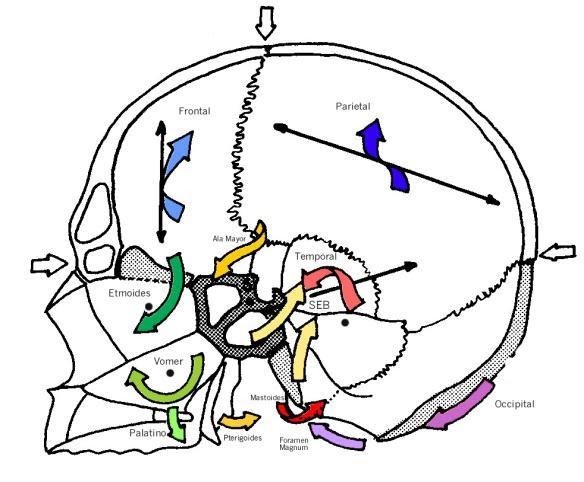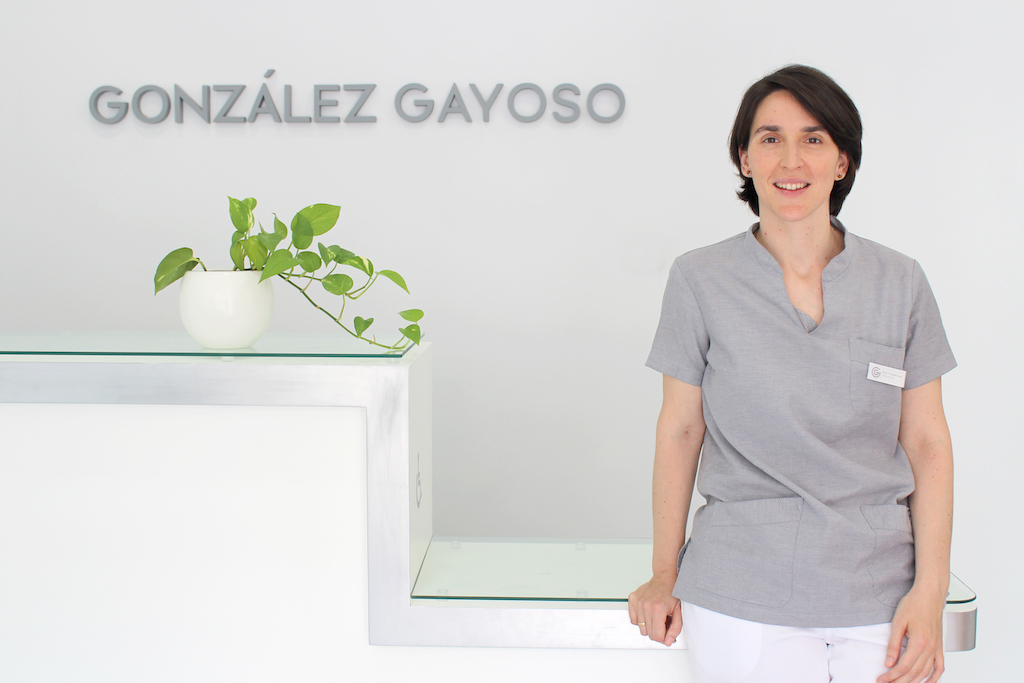Fisioterapia
El cuerpo te habla
The body speaks to us, sometimes in a subtle way with a discomfort and, other times, loudly with a pain that prevents us from moving. The important thing is to know what happens, why it happens and what we can do to improve and/or solve it.
HOW CAN WE HELP YOU?
From Physiotherapy we will help to find the focus of the problem, improve the overall mobility of the body and, finally, prevent it from happening again. In the event that it is chronic pain, we will seek to reduce it as much as possible, always seeking the person’s QUALITY OF LIFE.
WHAT DO WE DO?
We are fundamentally based on the ‘Poyet Method’ mixing it with other physiotherapy techniques (massage, stretching, kinesiotaping, physiotherapy for the temporomandibular joint…) with the aim of improving and/or eliminating PAIN and achieving POSTURE and MOVEMENT more suitable for each person.
¿CÓMO LO HACEMOS?
El Método Poyet es un método global que armoniza las estructuras mediante el sistema cráneo-sacro y su Movimiento Respiratorio Primario (MRP). Este movimiento inherente a nivel craneal, descubierto por Sutherland, se origina en la sincondrosis esfenobasilar (cráneo) y se transmite a través del eje cráneo-sacro al resto de estructuras corporales a través de la fascia (tejido conectivo global del cuerpo). Es un movimiento fisiológico, rítmico e involuntario.

Nota: fuente de imágenes: Instituto Poyet (https://poyet.es/)
Su creador, Maurice Raymond Poyet (Fisioterapeuta y Osteópata francés) observó que dando el impulso adecuado en el momento oportuno no era necesaria una gran fuerza para eliminar un bloqueo estructural. Es un método que integra la eficacia de la Osteopatía clásica con la suavidad de las correcciones miofasciales.
Su base es la misma que la Osteopatía Clásica (Principios de Still) pero tiene ciertas diferencias:
El gesto de corrección se denomina “invitación digital”. Es un gesto sutil, usamos una mínima fuerza, por lo tanto respetamos nuestra premisa de NO DOLOR.
El diagnóstico se realiza en el cráneo.
El objetivo que se persigue con esta técnica es la armonización de la motilidad craneal ( movimiento del cráneo) y de la amplitud y frecuencia de ésta. Si la motilidad craneal es correcta, el resto de estructuras corporales estarán corregidas ( lo haremos a través de correcciones locales y a distancia).

Nota: fuente de imágenes: Instituto Poyet (https://poyet.es/)
¿CUÁNTAS SESIONES NECESITO?
Dependiendo siempre del paciente pero a grandes rasgos 3 sesiones. Realizaremos una primera sesión, revisaremos a los 10 días y al mes.
¿EN QUÉ PATOLOGÍAS ESTÁ INDICADO?
En LESIONES MÚSCULO-ESQUELÉTICAS AGUDAS Y CRÓNICAS, como por ejemplo:
Tendinitis, bursitis, luxaciones…
Hipercifosis, hiperlordosis, escoliosis.
Hernias, protusiones discales.
Limitación articular (tras una fractura por ejemplo…)
Artrosis, artritis…
Cervicalgias, lumbalgias…
Cefaleas tensionales.
En general, cualquier problema músculo-esquelético que curse con DOLOR.

PROFESIONALES Y CONTACTO
María de las Mercedes Pichardo Pérez
Fisioterapeuta colegiada nº 21/4586
Experto en Terapia Manual Cráneo-Sacra (Método Poyet)
PARA DATOS DE CONTACTO DE FISIOTERAPIA:
Teléfono: 653 12 33 71
Cita online: https://fisioterapeuta.youcanbook.me/
